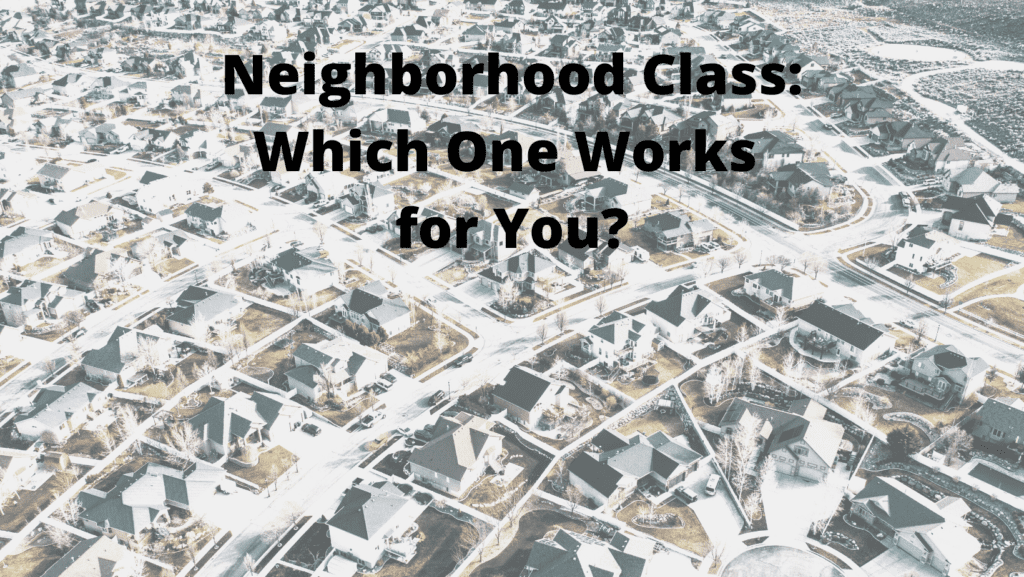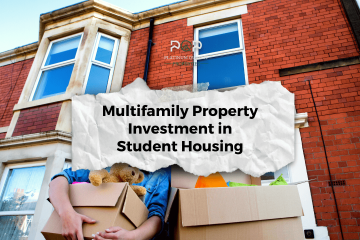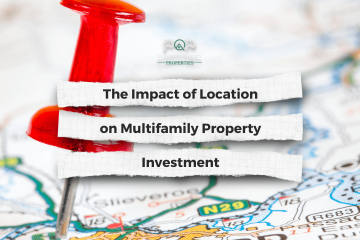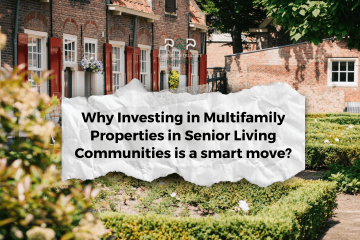If you remember a few weeks back, we had talked about property classifications and how they ranged from class A properties to class D properties. I talked about the nitty gritty of what each class was and how that affected your investment opportunities. Well, did you know that there are also neighborhood classifications? That’s right, the neighborhood you live in, or that you are looking into investing in has a class too. So, let’s get down to the details and learn all about it.
Let’s start at the beginning—the cream of the crop when it comes to neighborhoods is Class A. Just like Class A properties, Class A neighborhoods are the most expensive neighborhoods to buy and live in. Typically, they are inhabited by doctors, lawyers, executives and other high paying jobs. These neighborhoods are very well-kept, and you will normally see kids running around playing in the yards and streets. The houses are newer houses, or older houses that have been completely remodeled, have luxury finishes, and most of the time have outdoor spaces and garages. They are typically within minutes from shopping opportunities. They are also in easy access to parks and good school districts. These types of neighborhoods are on the pricier side of the market, which is off-putting to some investors since the cash flow is smaller with these types of neighborhoods. The crime rate in these types of neighborhoods is also almost nonexistent.
Class B neighborhoods are home to the working-class people and are only a step below Class A properties. Teachers, nurses, firefighters and police officers along with other middle-class people make up these neighborhoods. These properties are normally less than 20 years old but aren’t new homes. These properties have average/mid-grade finishes and will generally need to be replaced after a little bit, so maintenance is normally a little bit more expensive than Class A properties. Class B neighborhoods have the lowest vacancy rate. Because they are more affordable to investors, and buyers in general, they normally attract long-term tenants, most of the time being young families. You will again have good school districts and local amenities in these neighborhoods. The crime rate in these neighborhoods is also low, not as low as Class A, but generally low.
Class C neighborhoods are normally lower middle-class people like labor workers-service industry, hospitality and construction. These neighborhoods, which are generally older than 20 years, will greatly vary in what they are like so due diligence is necessary. Class C areas are split between homeowners and renters. The properties in these neighborhoods may need mechanical and roof repairs with structural repairs in some cases. The amenities may be good but there will also be a lot of discount grocery stores and thrift shops—most of the typical food stores and amenities that you are used to seeing are located further away. Schools tend to be below average. Crime rates in Class C neighborhoods are typically nonviolent. Renters in these areas tend to make below-average income and generally stay in their rentals long term.
Class D neighborhoods are unfortunately not the best. Most realtors and investors classify them as warzone areas, but they can also be industrial or completely abandoned areas. The houses are older, dilapidated and most of the time in disrepair. In these types of neighborhoods, you will generally find a lot of vandalism, boarded buildings and drug activity. These neighborhoods are very affordable to live in, mostly government subsidized, but with that comes a very high crime rate and less than desirable schools for most. The amenities are also almost nonexistent. These neighborhoods are vastly overrun by renters with very few homeowners.
Most investors generally like to get involved in Class B and C neighborhoods due higher cash flow, nicer neighborhoods and lower maintenance costs. Class A neighborhoods are a little trickier because the properties are higher in rent, but they don’t always bring in the cash flow that Class B and C neighborhoods do. Class D neighborhoods look good for cash flow on paper, but the cost of maintenance on these properties is generally significantly more because they are not taken care of by renters.




